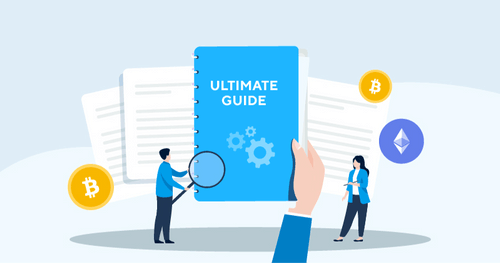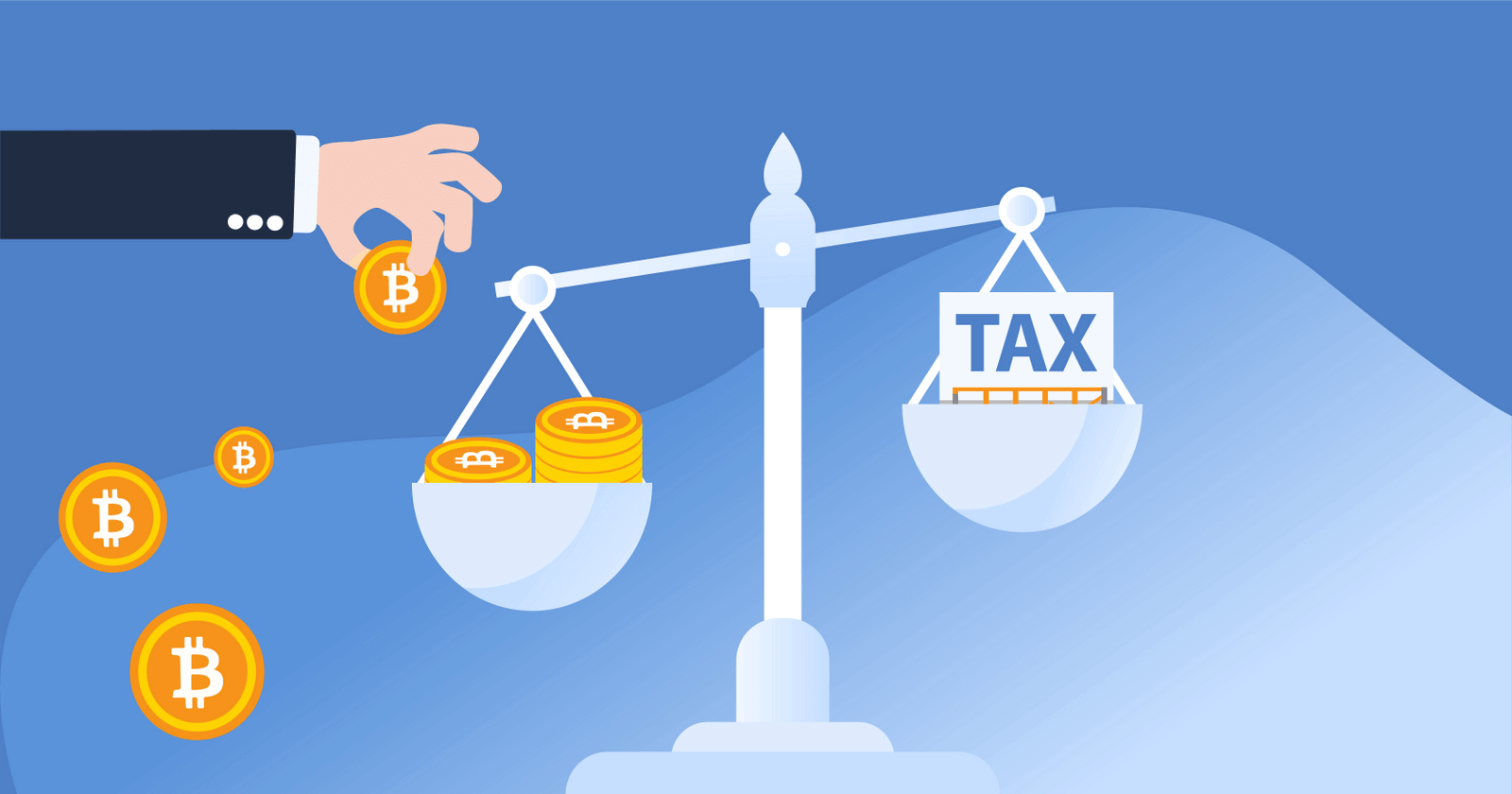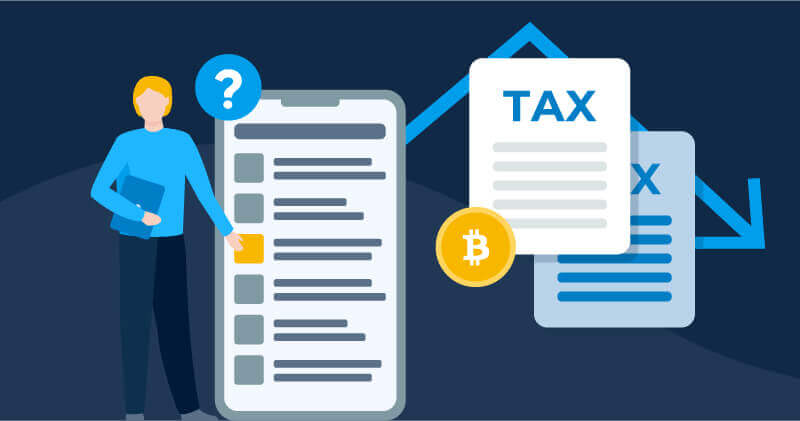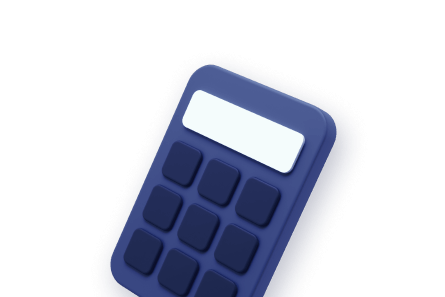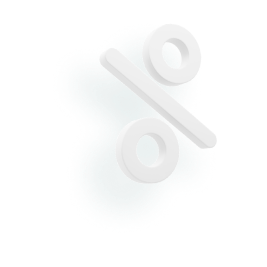

Key Takeaways
- Many believe in the long-term potential of Cardano because of its Proof of Stake consensus mechanism, its capped supply, and its research-based approach to development.
- While Cardano has strong long-term potential, it has lagged behind faster-growing competitors like Ethereum and Solana.
Why is Cardano a good investment?
Cardano has shown impressive growth in recent years.
- In 2025, the total locked value of the Cardano DeFi ecosystem surpassed $700 million for the first time.
- More than 105 million transactions have taken place on the Cardano blockchain!
- In September 2024, Cardano saw a 31% rise in smart contract usage and its user base expanded to more than 4.8 million wallets.
In addition, Cardano has benefitted from positive news in recent months:
- In March 2025, President Trump announced that ADA would be part of the US’s strategic crypto reserve. Immediately afterwards, the price of ADA went up 78%.
- Grayscale recently filed for a Cardano ETF to be approved on the US stock exchange.
What is Cardano?

Cardano is a smart contract blockchain founded by Charles Hoskinson, one of Ethereum's co-founders. Cardano’s native cryptocurrency is ADA — which is used to pay transaction fees on the network.
Like other smart contract blockchains, Cardano was built to enable decentralized applications — like DeFi protocols and NFTs.
What’s the difference between Cardano and other smart contract blockchains?
Unlike other smart contract blockchains like Ethereum and Solana, Cardano takes a slow and steady approach to development. All upgrades are based on peer-reviewed research.
Cardano’s internal development team IOHK has an internal peer-review process with the company’s software engineers and academics. IOHK also consults with external university partners before code is deployed. While this means the development process is slowed, it also means that all upgrades are based on evidence-based research.
Cardano proponents say that its research process prioritizes accountability and error-checking and is the best way to ensure the blockchain offers low fees, fast speeds, and environmental sustainability.
Key Features of Cardano
- Proof-of-Stake Consensus: Cardano uses the energy-efficient Ouroboros proof-of-stake protocol. According to Cardano’s website, this consensus mechanism has four million times the energy efficiency of Bitcoin.
- Two-Layer Architecture: Cardano has separate layers for computation and execution. This is a unique setup that is more efficient, flexible, and scalable than those offered by other smart contract blockchains.
- UTXO model: Unlike Ethereum, Cardano uses the UTXO model for tracking crypto balances. This model has been praised for offering more privacy and scalability.
- Peer-Reviewed Upgrades: Every Cardano update is backed by academic research, prioritizing security and scalability.
Cardano historical performance
Since its launch in 2017, Cardano has shown significant price volatility, with its price spiking during bull markets. Cardano’s high in price was reached in 2021, when the price of a single unit of ADA reached $3.10.

At the time, Cardano was the #3 biggest cryptocurrency by market capitalization, behind Bitcoin and Ethereum.
Cardano was then considered the #1 ‘Ethereum killer’. Ethereum, while having high activity, had high fees and had not yet transitioned to a Proof of Stake system.
In recent years, other ‘Ethereum killer’ blockchains like Solana have overtaken Cardano — possibly due to the fact that they are able to innovate faster since they are not reliant on a peer-review process. As of 2025, ADA is the #8 cryptocurrency by market capitalization.
When will Cardano explode?
Cardano’s future growth depends on its ability to fully deploy its smart contract ecosystem and attract users for its decentralized applications (dApps).
Blockchains like Cardano become more valuable when they attract more projects and users. While Cardano has lagged behind competitors, investors are enthusiastic that developers will choose Cardano to launch their dApps due to the blockchain’s unique approach to development.
While there is optimism about Cardano’s long-term potential, it’s impossible to predict whether any cryptocurrency will gain value in the near future. Cryptocurrency prices are determined by a range of different unpredictable factors — including market conditions and overall demand.
Pros of Investing in Cardano
- Capped Supply: Similar to Bitcoin, Cardano has a capped maximum supply. This type of scarcity can lead to price increases over time.
- Energy-Efficient Proof-of-Stake: Cardano uses a Proof of Stake model — which has been praised for its environmental sustainability.
- Research-Driven Development: Each upgrade undergoes peer-reviewed research to ensure that the blockchain offers fast speeds and low fees. This means that Cardano’s structure is based on scientific principles.
- Continuous Development: Cardano is constantly upgrading its blockchain, with the recent Plomin hard fork enabling full decentralized governance.
- Partnerships: Cardano has partnerships with trusted financial establishments like the European Investment Bank and the Japan Bank for International Cooperation.
- Strategic Reserve: The US government announced that it would hold ADA in its crypto strategic reserve.
Cons of Investing in Cardano
- Slow Development Process: Cardano’s peer-reviewed approach to development has slowed down the deployment of key features. Despite being launched in 2017, Cardano did not release smart contracts until 2021. By this time, Ethereum and Solana already had established DeFi and NFT ecosystems.
- Lagging Behind Competitors: Despite its strong foundation, Cardano has struggled to keep pace with faster-developing ecosystems like Ethereum and Solana. Many Cardano critics say that these blockchains innovate faster and attract more users.
- Market Volatility: Like all cryptocurrencies, Cardano is subject to high volatility, making it risky for investors looking for a short-term profit.
What’s a good price prediction for Cardano?
It’s important to remember that price predictions for ADA and other cryptocurrencies are often inaccurate. Demand for cryptocurrencies like Cardano are influenced by multiple internal and external factors and cannot be accurately forecasted.
Be wary of any source that claims to have accurate price predictions of ADA and other cryptocurrencies.
How do I buy Cardano?
Cardano is available on major exchanges like Coinbase, Kraken, and Gemini. Create an account, verify your identity, link a payment method, and you’ll be ready to get started buying and selling cryptocurrencies like ADA!
In conclusion
Before you invest in any cryptocurrency, you should consider the pros and cons — as well as your own unique financial situation. While Cardano’s unique approach to development has been praised, the project has been criticized for lagging behind competitors.
Frequently asked questions
- Is it good to invest in Cardano now?
Cardano shows long-term potential, but its slow development, volatility, and its lag in adoption behind competitors are all factors to consider before investing.
- Will Cardano reach $100?
While it's possible that Cardano may reach $100, it would require substantial growth in market capitalization and adoption.
- Is there a future in Cardano?
Yes. Cardano’s strong team, capped supply, and scientific approach to innovation suggest it has a promising future. However, competition in the smart contract blockchain space is fierce.
- How much will 1 Cardano be worth in 2030?
It’s impossible to predict any cryptocurrency’s value in the future due to the complex nature of supply and demand. Most Cardano investors believe that price will increase in the future due to the blockchain’s research-based approach to development and its inclusion in the crypto strategic reserve.
- Will Cardano fail?
Cardano is a well-known and reputable cryptocurrency project — which makes it unlikely that it will fail completely. However, the project has lagged in price growth and has yet to see the price highs it reached in 2021.
How we reviewed this article
All CoinLedger articles go through a rigorous review process before publication. Learn more about the CoinLedger Editorial Process.

CoinLedger has strict sourcing guidelines for our content. Our content is based on direct interviews with tax experts, guidance from tax agencies, and articles from reputable news outlets.






























%20(1).png)





.png)
